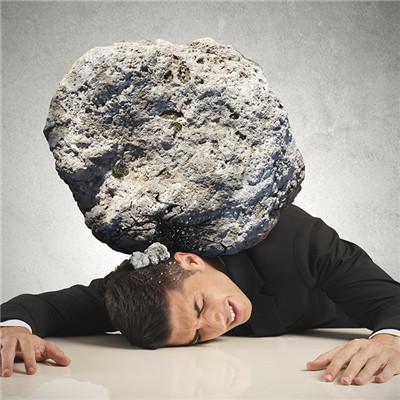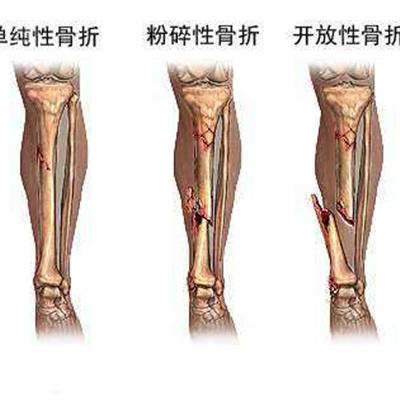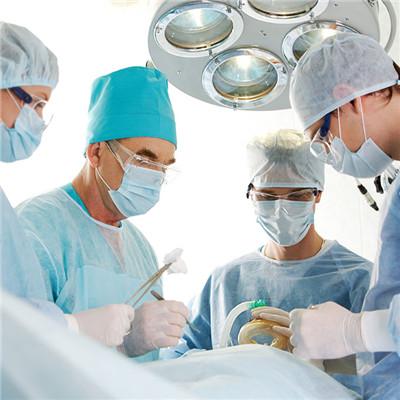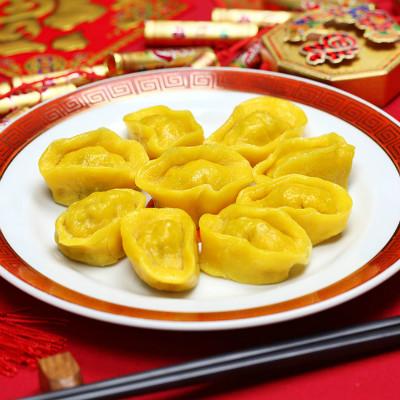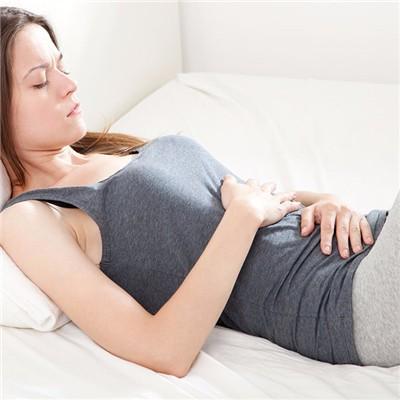Symptoms of hernia in children
summary
We all know that children have hernia. It is a common disease. If it is not treated, the harm is still great. But I believe many people do not know about inguinal hernia. In fact, it is also a kind of hernia. There are many symptoms and treatment methods. Today I will introduce the symptoms of children's hernia
Symptoms of hernia in children
1. The clinical feature of reducible hernia is that a reducible mass appears in the inguinal area. At the beginning, the mass is small. It only appears when the patient is standing, working, walking, running, coughing or crying. When lying on his back or pressing with his hand, the mass can return and disappear by itself. Generally, there is no special discomfort, only occasionally accompanied by local pain and referred pain. With the development of the disease, the mass can gradually increase, from the groin down to the scrotum or labia major, walking inconvenience and affect labor. The mass was pear shaped with peduncle, with narrow upper end and wide lower end. In supine position, the mass can disappear by itself, or the mass can be pushed upward and outward by hand, and then it can be absorbed into the abdominal cavity. When the hernia content is small intestine, the whine can be heard. The mass was soft, smooth and had a drum sound. When returning, there is resistance first; Once the tumor began to return, it disappeared quickly. If the contents of the hernia are omentum, the mass is tough and inelastic, and the percussion is voiced and the recovery is slow. After the hernia block is accepted, the examiner can use the fingertip to gently extend the expanded outer ring along the spermatic cord through the scrotal skin, and ask the patient to cough, then the fingertip has a sense of impact. Occult indirect inguinal hernia can be confirmed by this test. Compression ring test can be used to identify indirect hernia and direct hernia. The latter can still appear when the hernia piece is returned and the patient is asked to cough by pressing the inner ring tightly with his finger.

2. The clinical characteristics of sliding indirect hernia are large and difficult to recover completely. The cecum sliding out of the abdominal cavity often adheres to the anterior wall of the hernia sac. In addition to the mass can not be completely accepted, there are dyspepsia and constipation and other symptoms. Sliding hernia is more common in the right side, and the incidence rate on the left and right sides is about 1:6. During surgical repair, to prevent slipping out of the cecum or sigmoid colon may be mistaken for a part of the hernia sac and be cut.

3. Incarcerated hernia often occurs in labor or defecation and other intra-abdominal pressure surge, usually oblique hernia. The clinical characteristics of hernial mass were sudden enlargement and obvious pain. The lump cannot be accepted when lying on the back or pushing by hand. The mass was tense and hard with obvious tenderness. When the contents of incarceration are greater omentum, the local pain is often mild; If it is intestinal loop, not only obvious local pain, but also accompanied by paroxysmal abdominal colic, nausea, vomiting, constipation, abdominal distension and other signs of mechanical intestinal obstruction. Once the hernia is incarcerated, the above symptoms will gradually worsen. If it is not treated in time, it will eventually become strangulated hernia. In case of incarceration of intestinal wall hernia, it is easy to be ignored because the local mass is not obvious and there is not necessarily intestinal obstruction.

matters needing attention
Inguinal hernia is a kind of hernia, which is very harmful to our health, so once we find that we have inguinal hernia, we must seek medical treatment in time, and pay attention to all aspects during the treatment.
